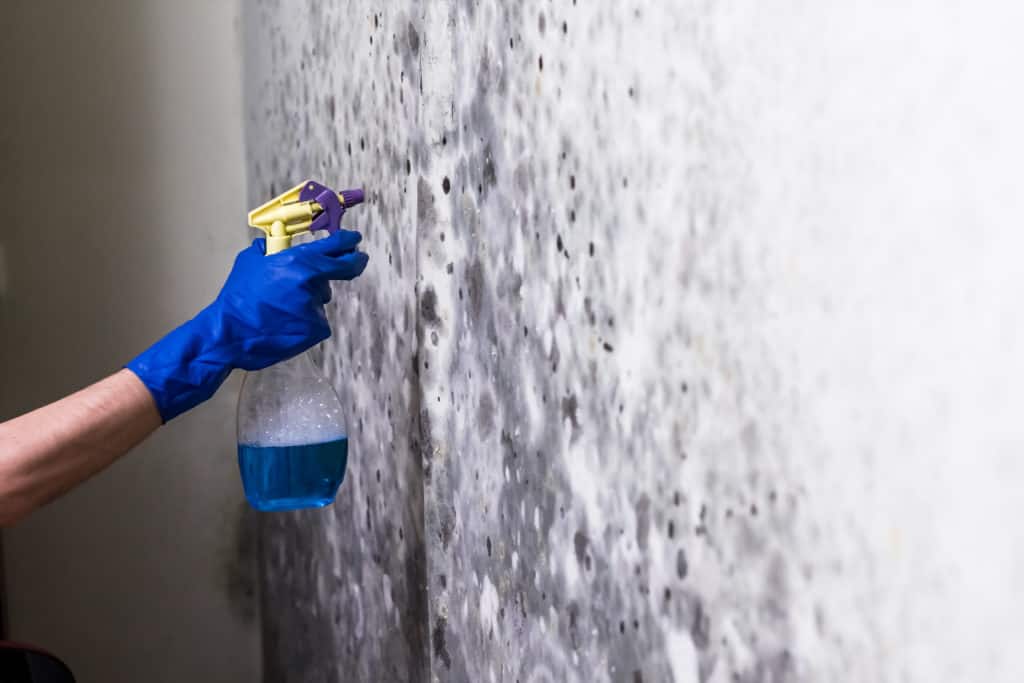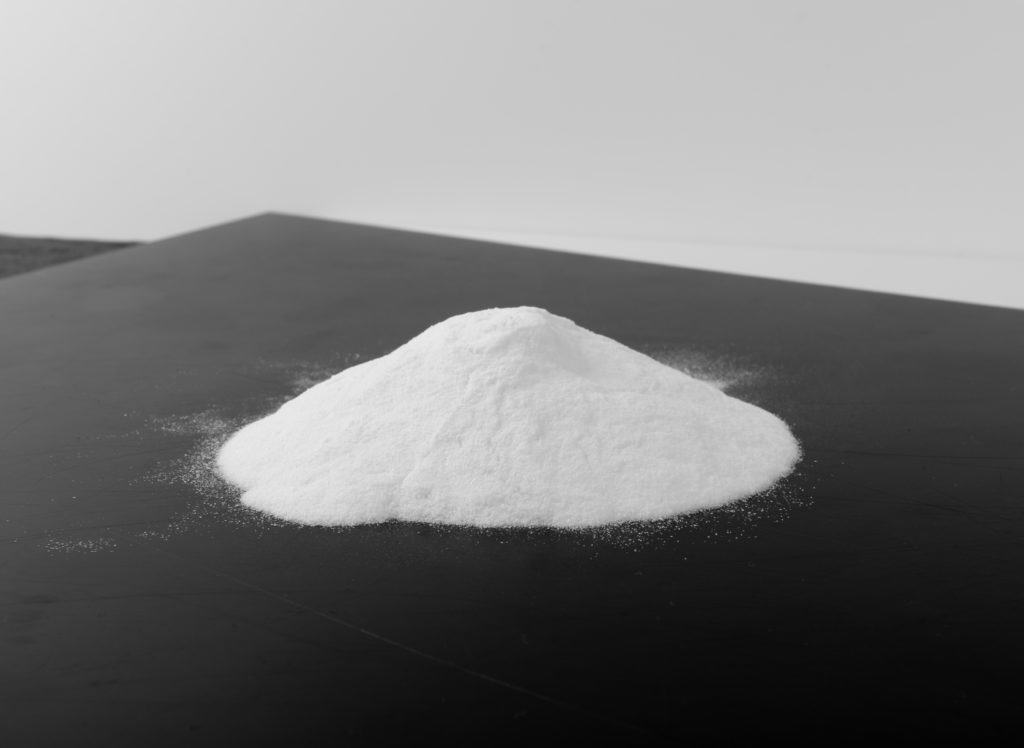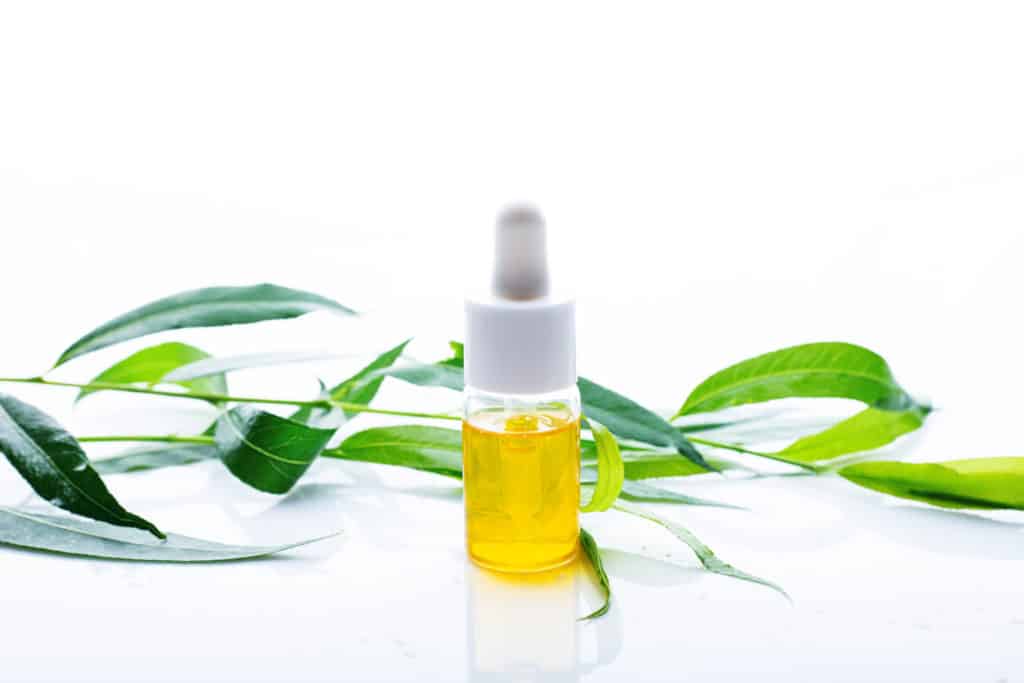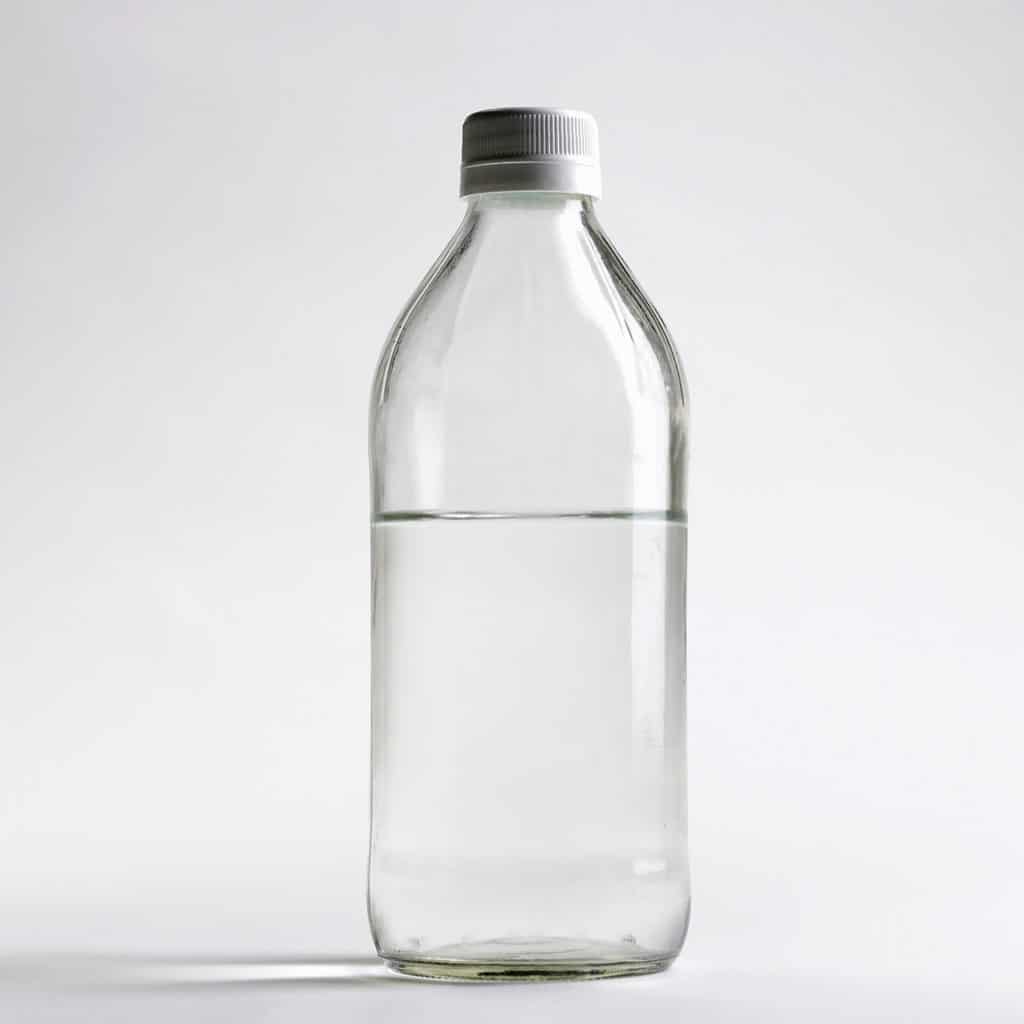How To Remove Mould From Your Home
______
The Problem With "Cleaning Mould"
Yep, mould is super easy to remove. Just get a cloth and get the unpleasant discolouration and black spots off your beautiful wall, eh?
If only it were that easy!
You might have heard that bleach and vinegar works to remove mould. But do you know that bleach only does light cleaning of the surface and doesn’t penetrate further down?
Besides, harsh chemicals can actually damage your wall paint and leave you with odd colour spots or areas of damage on your walls and wallpaper.
All things aside, mould infestations can trigger severe symptoms or allergies if subjected to it for long periods of time. In the guide below you will find hands-on tips to try and remove mould from your home, however, depending on the level of mould infestation you may need professional mould removal.
So, let’s get into the details already.

3 Affordable Mould Removers for Walls
1. Baking Soda
If you are one who loves baking, then this approach will cost you nothing. Outside money, baking soda is safe – even for your pets.
That said, let’s get to business.
- Add water to your baking soda in a 50-50 ratio until you get a paste-like mixture.
- Now, use the mixture to clean mould stains (only the light ones).
- Next, scrape away any mould spots with a brush.
- Lastly, add two tablespoons of baking soda to two cups of water. This mixture will be your aid to remove lightly affected areas and to prevent future mould growth.


2. Tea Tree Oil
If you have ever had to deal with spiders, then you will know about tea tree oil. It works like a charm.
Fortunately, the oil also happens to be fungicide, and moulds are fungi.
The best part: tea tree oil inhibits the moulds ability to spread spores in the environment.
What that means is that it deals a devastating blow to moulds at their most vulnerable point. No spore, no spread, and no reproduction!
So, how do you use this effective oil?
- Add one teaspoon of tea tree oil to a cup of water.
- Now, pass the solution into a spray bottle – and it’s ready for use.
Tip: use gloves and eye protection or else, the solution might cause skin irritations.
3. Vinegar
Like baking soda, vinegar is a common household lifesaver.
You can use it for cleaning your dishes even removing rust from old tools (Yes we have been through the deep depths of random youtube videos).
Unlike baking soda that is “basic” or “Alkaline” in nature, vinegar is a weak acid. As such, it has the combating effects to deal moulds a killer blow through their cell walls.
So, how do you use vinegar to remove mould?
Get a bottle of white vinegar (preferably the distilled one).
Now pour the distilled solution into a spraying bottle and apply it directly onto the mould-infested areas.

Tips For Cleaning Mould In Your Home
- Don’t wait until there is a full-blown mould infestation in your home. Prevention is key
- Regardless of whatever solution you use, ensure that your walls are not damp.
- Open your doors and windows for natural light during the day. Moulds hate exposure to sunlight.
- If the natural mould removers fail, the mould is likely penetrated deep below the surface into building materials.
- If the problem persists, it might be that you have a leak or problem with excessive damp in your home. In which case, you should call an expert to help you.
- Lastly, you should discard mould-infested materials such as carpets and rugs (discardable floorings) immediately before it spreads further.
Voila. Now you’re mould-free!
